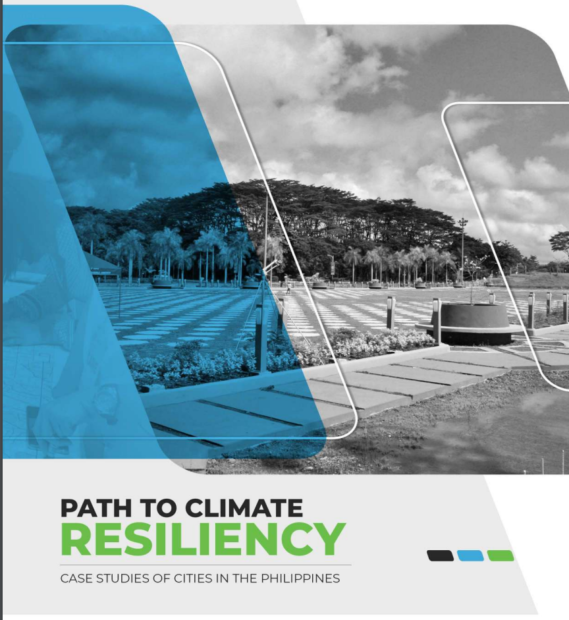Angeles City, located in Central Luzon, Philippines, provides a compelling case study in resilience and recovery. After being devastated by the eruption of Mount Pinatubo in 1991, the city has emerged as a model for successful rebuilding and adaptation. This case study delves into the detailed accounts of how Angeles City has transformed from a disaster-stricken area to a thriving metropolis, highlighting the lessons learned and best practices that can inspire other communities facing similar challenges.
The Challenge: Devastation and Displacement
In June 1991, Mount Pinatubo’s eruption blanketed Angeles City and surrounding areas with volcanic ash and lahars, causing widespread destruction and displacement. The immediate aftermath left the city grappling with ruined infrastructure, economic disruption, and environmental damage. The challenge was daunting, with many questioning whether recovery was possible.
Recovery and Rebuilding: Strategic Interventions
Infrastructure Development
The initial phase of recovery focused on rebuilding essential infrastructure. Key projects included:
- North Luzon Expressway (NLEX) and Subic-Clark-Tarlac Expressway (SCTEX): These major transportation routes improved connectivity, facilitating economic growth and trade.
- Clark Freeport and Special Economic Zone (CFSPEZ): The transformation of Clark Airbase into an economic zone attracted investments, created job opportunities, and boosted the local economy.
Environmental Restoration
Environmental restoration played a crucial role in the city’s recovery:
- 1 Million Tree Program: Launched in 2012, this initiative required businesses to contribute seedlings for reforestation. Trees were planted in critical areas like the Sapangbato Watershed and along the Abacan River to combat erosion and enhance green spaces.
- Flood Prevention Infrastructure: The construction of river walls and flood control measures helped protect built-up areas from future disasters.
Cultural and Heritage Preservation
Amid rapid urbanization, Angeles City has maintained its cultural heritage:
- Heritage District: The restoration of historic structures and promotion of local heritage through projects like the Angeles Museum and Plaza Angel have preserved the city’s cultural identity.
- Cultural Programs: Initiatives by the Local Tourism Office and Kuliat Foundation, Inc. celebrate Kapampangan cuisine and traditions, fostering community pride.
Adapting to Climate Change: The “Mákayámang Ángeles” Strategy
In anticipation of future climate challenges, Angeles City developed the “Mákayámang Ángeles” adaptation strategy to ensure a cooler microclimate and water security:
- Urban Design Interventions
- North-South Corridor: This corridor addresses urban heat stress by recovering green spaces and improving walkability. Projects include creating forest parks, pedestrian-friendly streets, and green roofs. Key areas like the Balibago Growth Center and Heritage District are targeted for cooling and walkability enhancements.
- East-West Corridor: Focused on water stress, this corridor enhances waterways and develops river esplanades. Projects aim to protect watersheds, increase green spaces, and support groundwater recharge.
- Innovative Strategies
- Wind Corridors: Redesigning existing roadways as wind corridors to improve air circulation and cooling.
- Esplanades and Linear Parks: Designing esplanades along waterways to collect, treat, and utilize water for domestic purposes.
Community and Multi-Sectoral Engagement
The development of the adaptation strategy involved extensive multi-sectoral cooperation:
- Partnerships: Collaborations with organizations like the Kuliat Foundation, Inc. and the Center for Kapampangan Studies enriched the strategy with historical and thematic insights.
- Policy Development: Key policies include declaring nature reserves and developing a local green building code to promote sustainable practices.
Lessons Learned
Strategic Planning and Infrastructure Investment
Investing in infrastructure and strategic projects is critical for recovery and long-term resilience. The development of transportation routes and economic zones facilitated economic growth and recovery.
Environmental Stewardship
Restoration and environmental protection are integral to recovery. Initiatives like the 1 Million Tree Program and flood prevention infrastructure demonstrate the importance of addressing environmental challenges.
Cultural Preservation
Maintaining cultural heritage amid modernization fosters community identity and pride. Projects that celebrate local history and traditions contribute to social cohesion and resilience.
Adaptation and Innovation
Adapting to future climate challenges through innovative urban design and environmental strategies ensures long-term sustainability. The “Mákayámang Ángeles” strategy is a model for integrating climate resilience into urban planning.
Angeles City’s transformation from a disaster-stricken area to a thriving, resilient metropolis offers valuable lessons for communities worldwide. The city’s experience underscores the importance of strategic planning, environmental stewardship, cultural preservation, and adaptation to climate change. By embracing these principles, other communities facing significant challenges can draw inspiration from Angeles City’s remarkable comeback and strive toward their paths of resilience and recovery.


